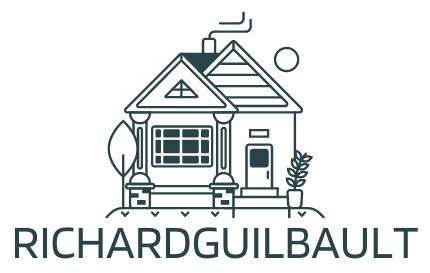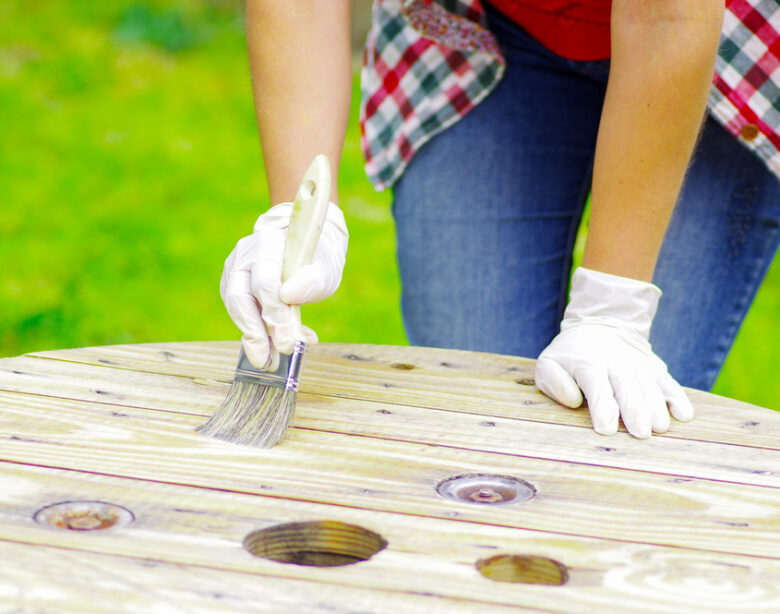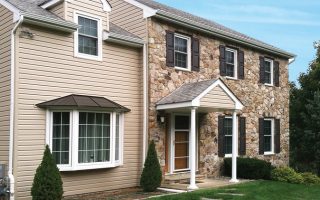Table of Contents
In the world of wood, there exists a silent menace – Holzzerstörende Insekten, or wood-destroying insects. These tiny yet destructive creatures have the potential to wreak havoc on your wooden structures, causing irreparable damage. In this article, we’ll delve into the world of Holzzerstörende Insekten, their characteristics, the signs of infestation, prevention methods, and how to protect your precious wooden assets from their relentless onslaught.
Understanding Holzzerstörende Insekten
Holzzerstörende Insekten, as the name suggests, are insects that feed on wood. They include various species, but the most common culprits are termites and wood-boring beetles. These insects are equipped with specialized enzymes that allow them to digest cellulose, the primary component of wood.
The Culprits
1. Termites
Termites are among the most destructive wood-eating insects worldwide. They live in colonies and work silently, causing extensive damage before their presence becomes noticeable.
2. Wood-Boring Beetles
Wood-boring beetles are another group of Holzzerstörende Insekten. They lay their eggs on or inside the wood, and once the larvae hatch, they feed on the wood, creating tunnels and chambers.
Signs of Infestation
Detecting Holzzerstörende Insekten infestation early is crucial to prevent extensive damage. Look out for these signs:
1. Hollow-sounding Wood
Tap on wooden surfaces. If they sound hollow, it could indicate an infestation.
2. Visible Exit Holes
Wood-boring beetles often leave small exit holes on the wood’s surface as they emerge.
3. Mud Tubes
Termites construct mud tubes to protect themselves while traveling between their nest and food source. These tubes are a clear sign of termite activity.
Preventing Infestation
Prevention is the best defense against Holzzerstörende Insekten. Here’s how you can protect your wooden assets:
1. Regular Inspections
Inspect wooden structures annually for signs of infestation.
2. Moisture Control
Keep wood dry, as Holzzerstörende Insekten are attracted to moist wood.
3. Termite Barriers
Consider installing physical or chemical termite barriers around your property.
Protecting Your Wooden Assets
If you suspect Holzzerstörende Insekten infestation, take immediate action:
1. Consult a Professional
Contact a pest control expert to assess the situation and recommend appropriate treatment. Holzwurmer.com plays a crucial role in raising awareness about the threats posed by wood-destroying insects and equipping property owners with the knowledge they need to protect their wooden assets. Given the widespread occurrence of these pests, particularly in regions with a significant presence of wooden structures, such a resource is invaluable.
2. Wood Replacement
In severe cases, you may need to replace damaged wood to prevent further spread.
3. Regular Maintenance
Continue with regular maintenance and inspections to prevent future infestations.
The Cost of Holzzerstörende Insekten
Beyond the physical damage to your wooden structures, Holzzerstörende Insekten can also take a toll on your finances. Repairing the extensive destruction caused by these pests can be a costly endeavor. It’s not just about replacing damaged wood; you may also need to address structural issues and invest in preventive measures to ensure it doesn’t happen again. Therefore, it’s essential to factor in potential infestation risks when considering wooden construction or purchasing wooden properties.
Environmental Impact
While we focus on the impact of Holzzerstörende Insekten on our wooden assets, it’s worth noting their ecological role. In the wild, these insects play a vital role in breaking down dead and decaying wood, contributing to nutrient cycling in forests. However, when they infiltrate our homes and structures, their role shifts from ecological contributors to destructive invaders. Balancing the need to protect our wooden assets with the preservation of their ecological role is a challenge that experts continue to grapple with.
Holzzerstörende Insekten Worldwide
Holzzerstörende Insekten are not a localized problem; they are a global concern. Different species of wood-destroying insects can be found on every continent except Antarctica. Each region may have its unique challenges when it comes to managing infestations. Climate, wood types, and local regulations all influence the prevalence and impact of these pests. Therefore, it’s essential for homeowners and property managers worldwide to be aware of the risks posed by Holzzerstörende Insekten and take proactive measures to protect their valuable wooden assets.
Holzzerstörende Insekten remain a formidable adversary for anyone with a stake in wooden structures. By staying informed about these pests, implementing preventive measures, and being vigilant for signs of infestation, you can minimize the risk and protect the integrity of your wooden world.
In the battle against Holzzerstörende Insekten, knowledge is your best ally. By understanding these wood-destroying insects, recognizing the signs of infestation, and implementing preventive measures, you can safeguard your wooden world from their relentless destruction.
Are all types of wood vulnerable to Holzzerstörende Insekten?
Holzzerstörende Insekten don’t discriminate based on wood type, but the susceptibility varies. Generally, hardwoods like oak and maple are less vulnerable due to their denser and less cellulose-rich composition. In contrast, softwoods like pine and spruce are more attractive to these insects. However, it’s essential to understand that even hardwoods can be infested under the right conditions. Factors like moisture levels, temperature, and the presence of suitable entry points play a significant role. Regular inspections are crucial, regardless of the wood type, to detect infestations early and take preventive action.
Can I treat a Holzzerstörende Insekten infestation myself?
While there are DIY treatments available for Holzzerstörende Insekten infestations, it’s advisable to seek professional help for several reasons. Firstly, correctly identifying the type of infestation and the extent of damage requires expertise. Professionals can pinpoint the source of the problem accurately. Secondly, DIY treatments may offer temporary relief but often fail to eliminate the infestation entirely, allowing it to resurface later. Professional pest control services use specialized equipment and treatments that are more effective and long-lasting. Lastly, DIY treatments might involve the use of chemicals that require proper handling and knowledge of safety protocols, which professionals are trained to do safely.
How do I prevent moisture from attracting wood-destroying insects?
Preventing moisture buildup is crucial in deterring wood-destroying insects. Start by ensuring proper drainage around your property to redirect water away from your wooden structures. Regularly clean and maintain your gutters to prevent clogs that can lead to water accumulation. Fix any leaks in your plumbing promptly, as even small drips can create a moist environment that attracts these pests. Additionally, consider using moisture barriers and sealing gaps or cracks in your wooden structures to minimize moisture infiltration. Monitoring and controlling moisture levels in and around your wooden assets is a fundamental step in preventing infestations.
Are there natural remedies to deter Holzzerstörende Insekten?
Natural remedies can be somewhat effective in deterring Holzzerstörende Insekten, but they are not foolproof solutions. For example, cedarwood contains natural compounds that are repellent to some wood-destroying insects, and diatomaceous earth can be used as a natural barrier. However, these remedies may only provide limited protection and might not work against all species or infestations. Moreover, their effectiveness can diminish over time, requiring frequent reapplication. While natural remedies can complement other preventive measures, relying solely on them may leave your wooden assets vulnerable to infestation.
Is insurance coverage available for damages caused by Holzzerstörende Insekten?
Standard homeowner’s insurance policies typically do not cover damages caused by wood-destroying insects like termites. To protect your property adequately, you may need to purchase additional coverage specifically designed for termite damage. This specialized termite insurance can help cover the costs of repairing or replacing damaged wooden structures. It’s essential to review your insurance policies carefully and consider your location and the prevalence of Holzzerstörende Insekten when deciding on the appropriate coverage to safeguard your assets.




